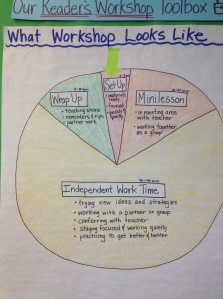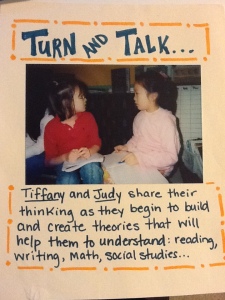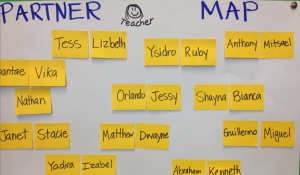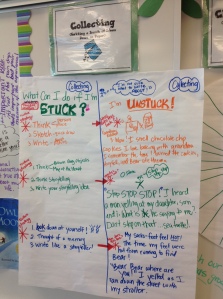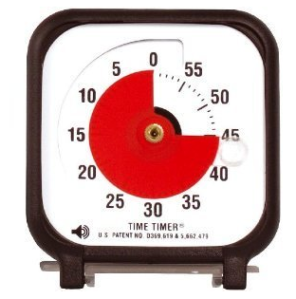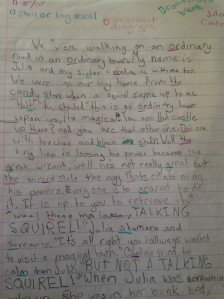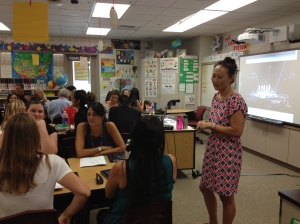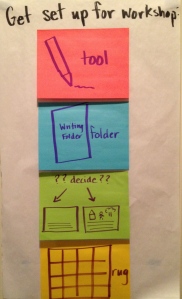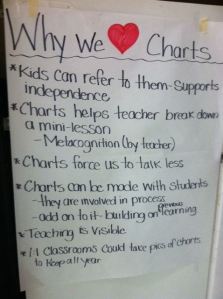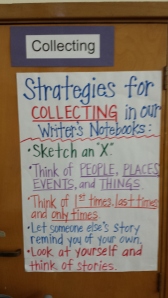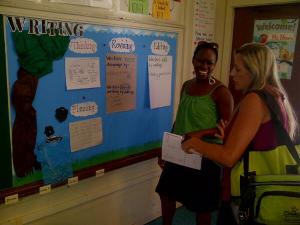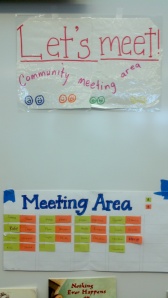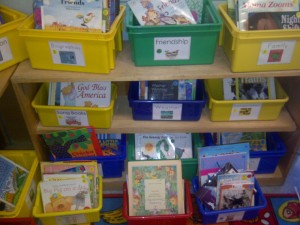As the school year progresses and you get to know your readers better each week, have you reached the point when you sit down with a reader you’ve read with many times before and you ask yourself, “What am I going to teach this reader that I haven’t already discussed with them?” “What does this reader need for me to teach them to push their thinking?” “What am I going to say to this reader that they will take away with them and apply?” Well, if you’re asking yourself these questions, you’re not alone! It is with these questions in mind that we suggest some strategies to refresh your conferring work with you readers.
Note-Taking is Key
Portable and Meaningful. Consider the way in which you record your daily conversations with your readers. Do you have a note-taking system that works for you? Do you have a place that you record the ideas that you’ve discussed during your daily conferring? Is the system you have working for you or just adding an additional thing to your to-do list? Consider using a three-ring notebook to store all your conferring notes for quick organization, but taking out a sheet with your entire class listed and attaching it to a clipboard for your daily conferring. One sheet of paper on a clipboard is light, manageable, and easily taken on the go around your room during conferring. Think about an easy way for you to record the information you discuss during conferring that is manageable and easily portable. Leaving tracks of your conferring sessions with your readers is key.
Artifacts. Also consider traveling around the room with a stack of post-it stickies and a pen. When you’ve discussed a new strategy with you reader, you may choose to write a quick reminder of the strategy on the post-it and leave this artifact behind for the reader to have. They may choose to place it in their reading notebook for future reference. Just as leaving tracks of your conferring sessions in your notes helps you refer back to past conversations, leaving an artifact with your reader enables them to refer back to their previous learning.
Compliments Will Get You Everywhere!
Naming It. If you name it, so it shall be. Acclaimed writer Katherine Bomer suggests naming things for writers that they are doing well enables them to find the hidden gems in their writing. So it is with readers: naming the things they are doing well and complimenting them on them enables our readers to identify their strengths as readers and to continue doing them. So powerful it is to exclaim, “Can I give you a compliment? I think it was fantastic the way you went back to that tricky word and tried looking in the picture for a clue! Whenever you get stuck on a tricky word, try out that strategy again; it seems to be working for you really well!” If you name out explicitly and specifically what they are doing well as readers, they are more apt to continue doing it. And, your readers will be more open to trying out the strategy you teach them next during conferring after you’ve pointed out something they are doing well.
Idea Generator. When you find yourself asking the question, “What do I teach this reader?” it’s time to look back at the compliments you’ve given other readers! Once you’ve researched your reader, complimented them on something you think they are doing well, it’s time to teach them a strategy they can apply anytime they are reading. If you’re out of ideas as to what to teach about what thoughtful readers do, look back at your conferring notes with other readers and scan the compliments you gave them. Are any of these reading strategies or reading behaviors things you’d like to see this reader do? If so, suggest this strategy to them: “Today I’d like to teach you…” Continue teaching strategies on the line of growth with this reader based on compliments you’ve given other readers.
Videotaping for Reflection
Digital Reflection. Consider videotaping a conferring session with one of your readers and reflecting upon it. Have you ever wondered what you look like teaching? Have you ever had the opportunity to videotape your teaching and see yourself in action? If not, or if it’s been a while, consider videotaping yourself conferring with a reader. You’ll see why this can be a powerful tool in self-reflection and pushing your thinking even further. Yes, you’ll have moments while watching it where you’ll think, “Is that truly how I sound?” and you’ll definitely say, “Gosh, I say the word ____ so many times, do I really say that word that much?” Beyond those initial critiques that we all have, watch yourself for the moves you make during your conferring. How much time do you spend with each reader? Do you begin with some research? Do you name your compliment specifically? Are you explicit in the strategy you teach your reader? Much valuable learning can be accomplished by simply reflecting upon our practice. If you’re brave, consider watching it with a colleague and getting their feedback.
Conferring and Reflection in Action. With this videotaping in mind, here we present our Co-Founder and Director Jessica Martin doing just that: conducting a one-on-one conferring with a reader and then reflecting upon the moves she made and reasons behind those decisions. We hope you gain much valuable insight from these two videos and consider trying it out yourself this year.
Let us know how your conferring is going this year and any tips you have for making it a manageable and valuable part of your reading workshop.
Written by Growing Educators Staff Developer Courtney Kinney

